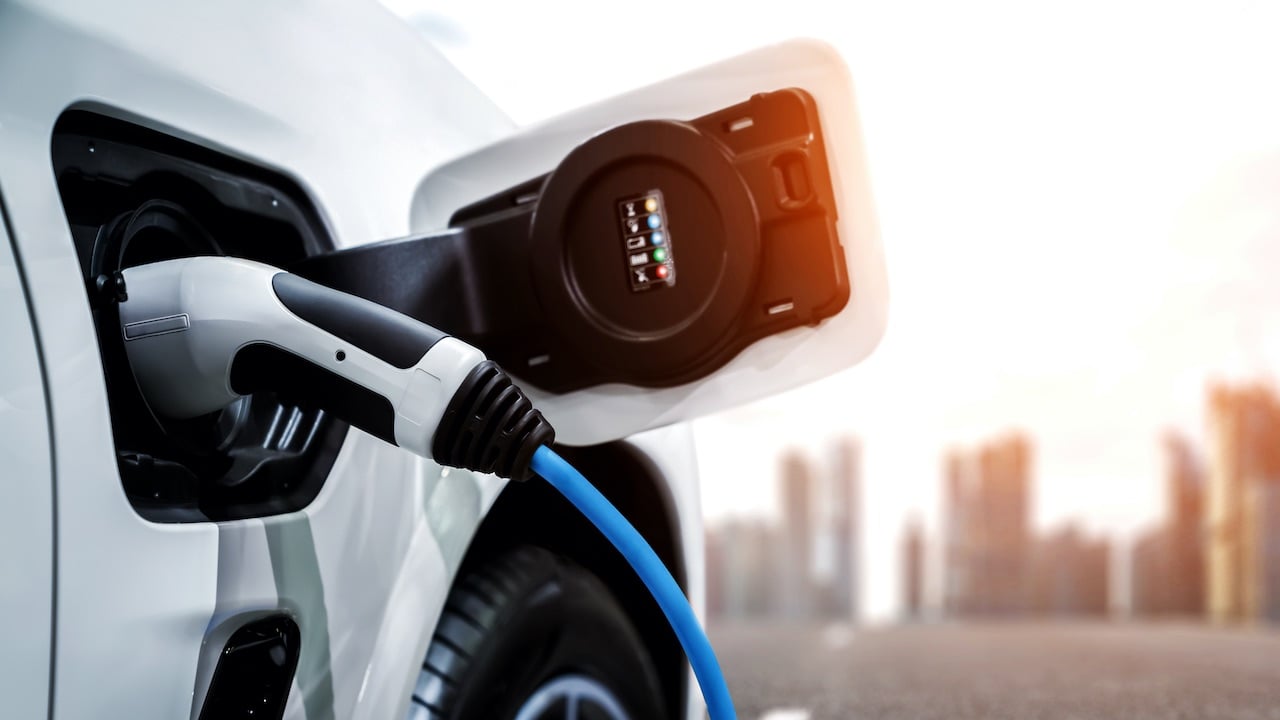The Reality of EV Swaps

Even though electric vehicle (EV) sales are down, many in the automotive industry still tout them as the future. For classic car enthusiasts or people who love tinkering with them, a new challenge is emerging: converting these beloved classics from running on combustion engines to electric motors.
Some celebrities, like Dune and Game of Thrones star Jason Momoa and Iron Man himself, Robert Downey Jr., are making headlines for their ambitious EV conversions and “eco-mods.” And then there's Eric Kriss, whose Kriss Motors is tackling converting classic cars to EVs more subtly, according to a report from Motor1.
Kriss Motors
While “EV conversions” or “EV swaps” may sound like recent buzzwords to many, they're old news to Eric Kriss. He began converting classic cars to run on battery cells he sourced from overseas in the late 2000s. He tells Motor1, “This was early days, 2008, 2009. [The Chinese Navy] couldn't use as many [cells] as [its suppliers] were making, so they allowed these companies to export.” Kriss used the battery cells he allegedly sourced from the Chinese Navy to convert his 1955 Porsche 356 Speedster and 1969 Saab Sonnet into electric cars.
However, the fact that Kriss has been tinkering with EV swaps for roughly 15 years doesn't make doing them any easier. Removing and replacing a combustion engine with an electric drivetrain is still challenging. Also, the automotive industry's push to get the public to adopt EVs focuses on producing vehicles with more luxurious amenities, driving range, and quicker charging speeds. This has led to vehicles with higher costs and curb weight. Not to mention, those vehicles are far more complex to work on. It all necessitates a different working method than what Kriss has devised: swapping electric motors into light sports cars. It's a simple operation that makes sense for hobbyists.
According to Motor1, the Porsche 356 Speedster weighed just over 2,000 pounds after Kriss did its swap. While the small number of air-cooled batteries Kriss stacked under the hood and in the truck does not offer a high energy capacity, the car's light weight ensures that the batteries only need to generate a finite amount of power to move the vehicle forward. Though Motor1's report points out that advances in battery cell technology are making them lighter and more energy-dense, it also notes the crucial point that many consumers are not looking for simplicity when it comes to EVs.
Modern EV Swaps
As we mentioned earlier, Jason Momoa converted his 95-year-old Rolls-Royce Phantom II from running on a 7.7-liter straight-six engine to an electric motor. However, he sought the help of British company Electrogenic. They spent 18 months on an EV conversion to get Momoa's Phantom II road-ready. As a celebrity, Momoa had the means to acquire a 1929 Rolls-Royce and fund 18 months of bespoke work. The average car hobbyist does not have those kinds of resources.
Working on EVs is also potentially dangerous. Mechanics need specific training to work safely with the high voltage levels of modern EVs — it's not something that a typical hobbyist can do. Another issue that even skilled mechanics face doing an EV swap, and it's part of why Momoa's Phantom II conversion took a year and a half to complete, is that gas-powered cars lose their character when they become EVs. Permanent magnet motor-based electric vehicles have the same horsepower and torque curve, so they all accelerate and drive the same. To avoid destroying a car's personality when converted to an EV requires producing custom battery packs and drive units with gear reduction, which is still largely uncommon in EV resto-mods. (It's also not cheap.)
While EV swaps do have a lot of potential, they are expensive and require resources and expertise beyond what the typical car hobbyist has available to them. So, for the foreseeable future, converting classic cars into EVs will be something that wealthy people and celebrities do.
